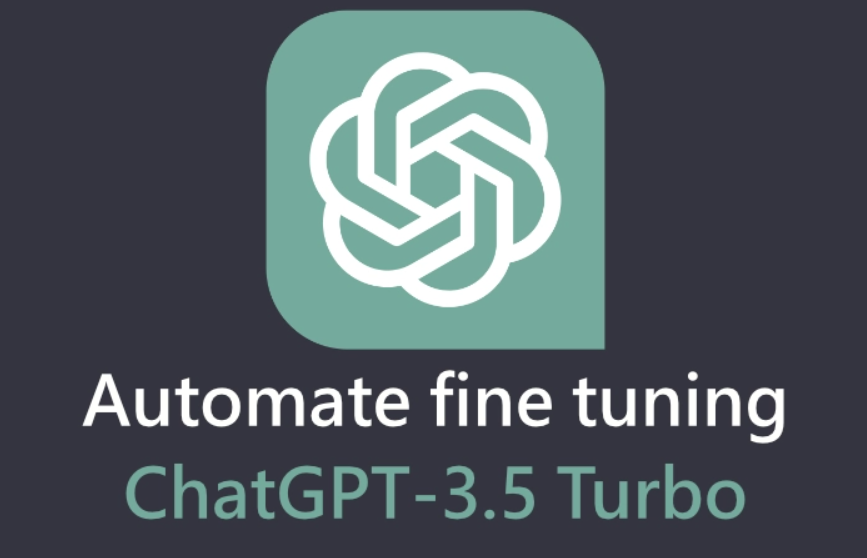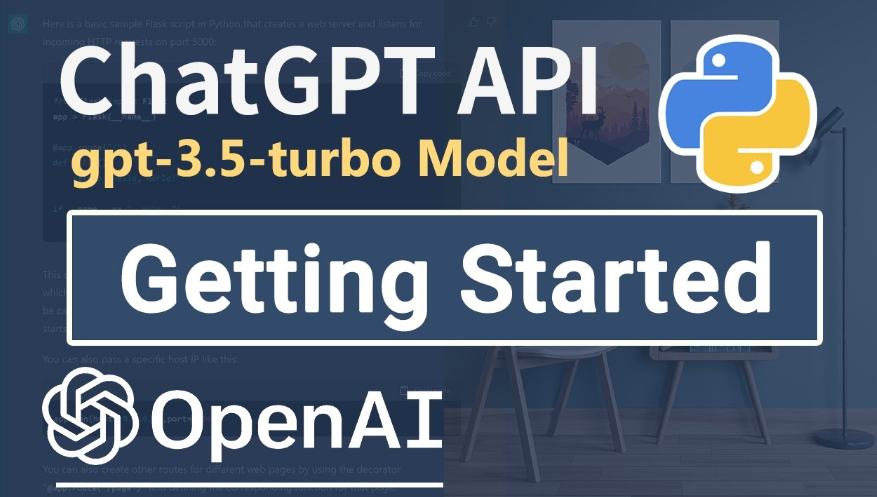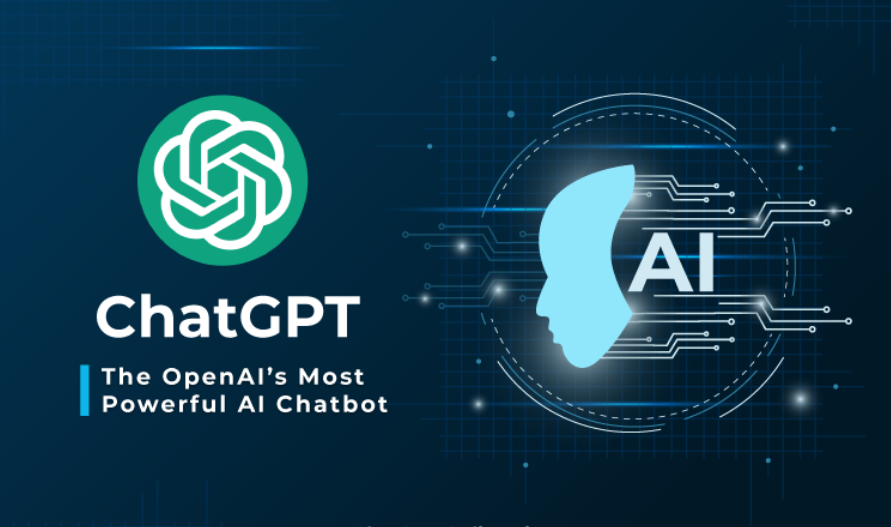In the rapidly evolving world of artificial intelligence (AI), ChatGPT 3.5 has emerged as a groundbreaking advancement that is transforming how humans interact with machines. Since its inception, ChatGPT has continuously pushed the boundaries of what AI can achieve, and with the release of ChatGPT 3.5, the potential for creating meaningful and effective interactions has reached new heights. This article explores how ChatGPT 3.5 is revolutionising AI interactions beyond 2024, using advanced natural language processing, enhanced capabilities, and a vision for the future.
The Evolution of ChatGPT
ChatGPT, developed by OpenAI, has come a long way since its earlier versions. Each iteration has brought significant improvements in understanding and generating human-like text. ChatGPT 3.5 is the latest in this lineage, and it represents a quantum leap in AI capabilities. This version is built on a more sophisticated architecture, leveraging a vast amount of data and refined algorithms to produce text that is not only coherent but also contextually relevant and engaging.
Enhanced Natural Language Processing
One of the most significant advancements in ChatGPT 3.5 is its enhanced natural language processing (NLP) capabilities. The model can understand and generate text with a higher degree of accuracy and fluency. This improvement is crucial for applications that require nuanced and context-aware interactions. For instance, customer service bots powered by ChatGPT 3.5 can handle complex queries with ease, providing users with precise and helpful responses. This level of understanding is a game-changer for businesses seeking to automate customer interactions without compromising on quality.
Personalized User Interactions

ChatGPT 3.5 excels in creating personalised user experiences. By analysing user inputs and learning from interactions, the AI can tailor its responses to individual preferences and needs. This personalization goes beyond simple keyword matching; it involves understanding the user’s intent and context to provide relevant and meaningful responses. For example, in educational applications, ChatGPT 3.5 can adapt its teaching style based on the learner’s progress and preferences, making the learning experience more effective and engaging.
Multimodal Capabilities
Another groundbreaking feature of ChatGPT 3.5 is its multimodal capabilities. This means the AI can process and generate not just text, but also images, audio, and other forms of data. This multimodal approach opens up new possibilities for interactive and immersive experiences. For instance, in virtual reality environments, ChatGPT 3.5 can act as a guide, providing real-time information and assistance through both text and voice, enhancing the user’s experience. This capability is particularly valuable in fields such as gaming, where immersive interactions are crucial.
Ethical AI and Responsible Use
As AI becomes more integrated into our daily lives, ethical considerations are paramount. OpenAI has prioritised ethical AI development with ChatGPT 3.5, incorporating measures to ensure responsible use. The model is designed to avoid generating harmful or biassed content, and it includes mechanisms for users to provide feedback and report issues. This focus on ethics is essential for building trust in AI systems and ensuring they are used for positive and constructive purposes.
Applications Across Industries
The versatility of ChatGPT 3.5 allows it to be applied across various industries, each benefiting from its advanced capabilities. In healthcare, AI-driven virtual assistants can provide patients with accurate information and support, reducing the burden on healthcare professionals. In finance, ChatGPT 3.5 can assist with complex data analysis and provide insights that help in decision-making. The entertainment industry can leverage the AI for creating interactive storytelling experiences that captivate audiences.
The Future of AI Interactions
Looking ahead, the potential for AI interactions is boundless. ChatGPT 3.5 is paving the way for even more sophisticated AI models that will redefine our relationship with technology. Future iterations may include even deeper contextual understanding, emotional intelligence, and the ability to perform complex tasks autonomously. These advancements will further blur the lines between human and machine interactions, creating a seamless and intuitive experience.
The Impact on Society
The widespread adoption of ChatGPT 3.5 and similar AI technologies will have a profound impact on society. It will change how we work, learn, and communicate. For businesses, it means greater efficiency and the ability to scale operations without sacrificing quality. For individuals, it offers the promise of more personalised and responsive services. However, it also raises important questions about job displacement and the need for reskilling. As AI takes on more roles traditionally performed by humans, there will be a growing need for education and training to prepare the workforce for the jobs of the future.

Conclusion
ChatGPT 3.5 is more than just an incremental improvement in AI technology; it is a transformative tool that is reshaping our interactions with machines. Its advanced natural language processing, personalised user interactions, and multimodal capabilities are setting new standards for what AI can achieve. As we move beyond 2024, the potential for AI to enhance our lives and solve complex problems is immense. However, realising this potential will require a commitment to ethical AI development and a focus on ensuring that these technologies are used responsibly. With ChatGPT 3.5, we are taking a significant step towards a future where AI interactions are not only more efficient and effective but also more human.



